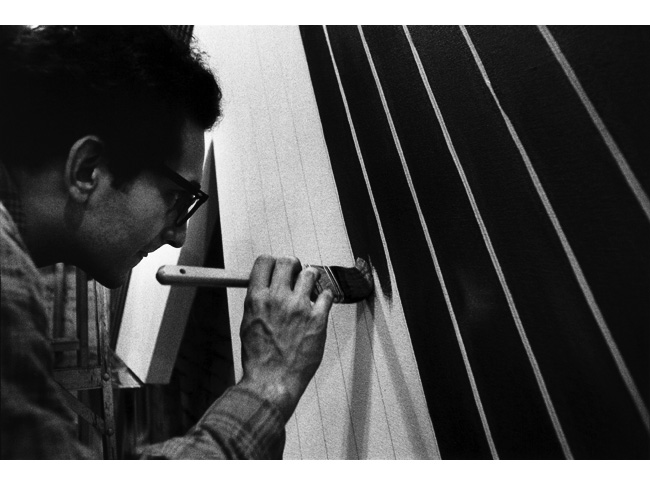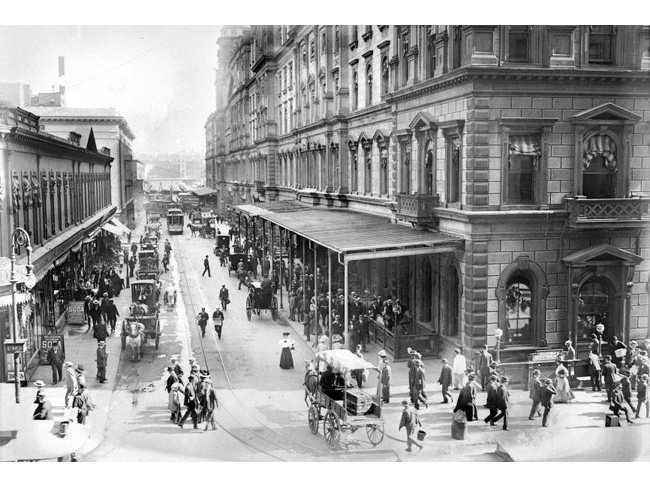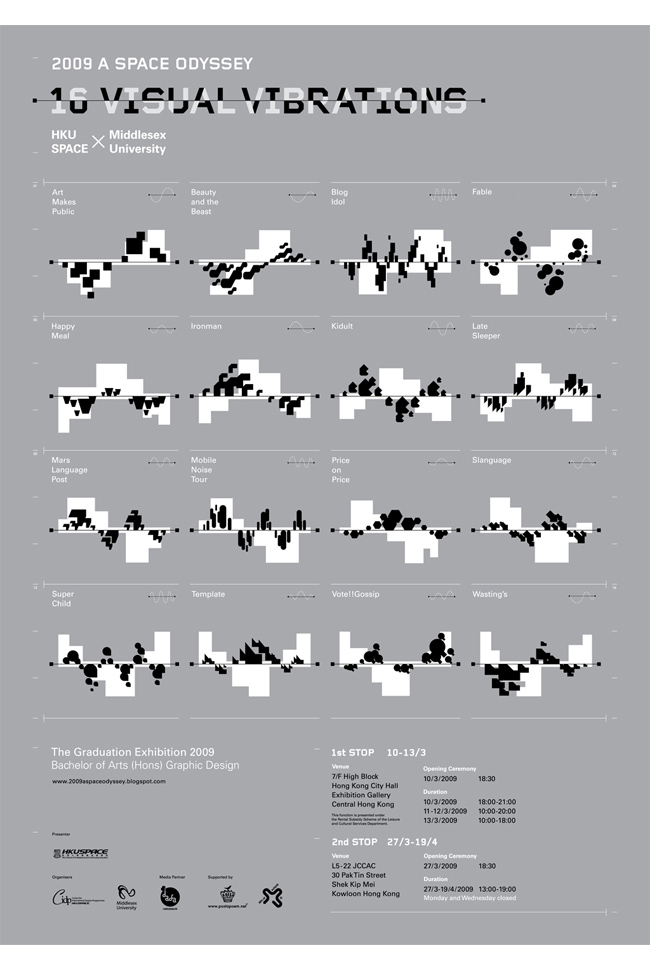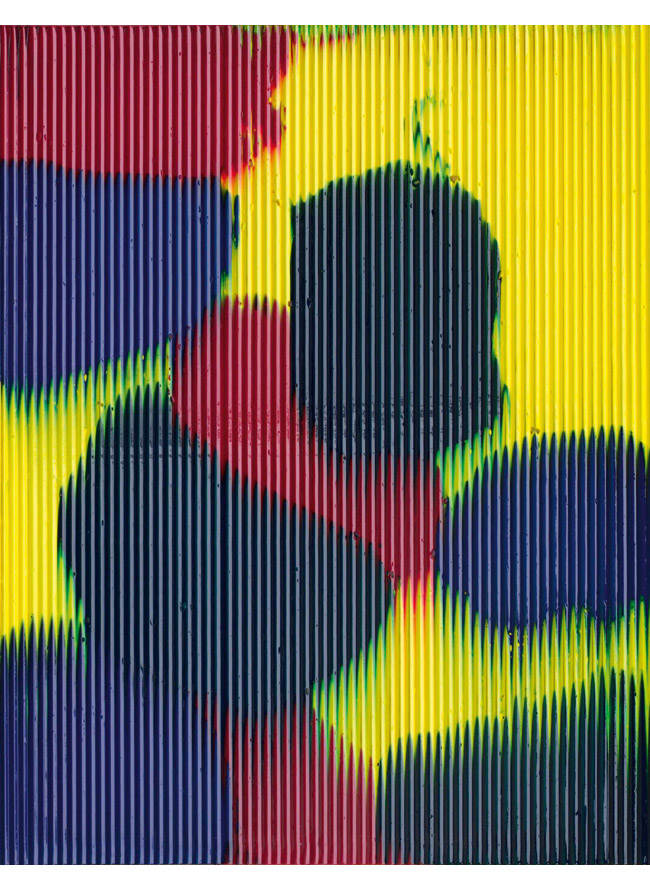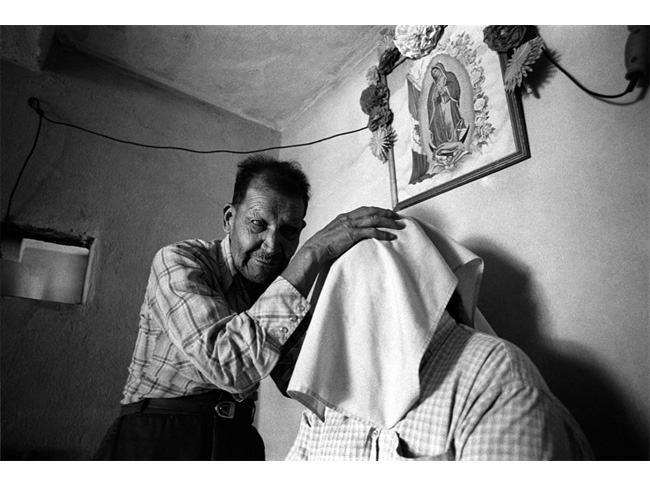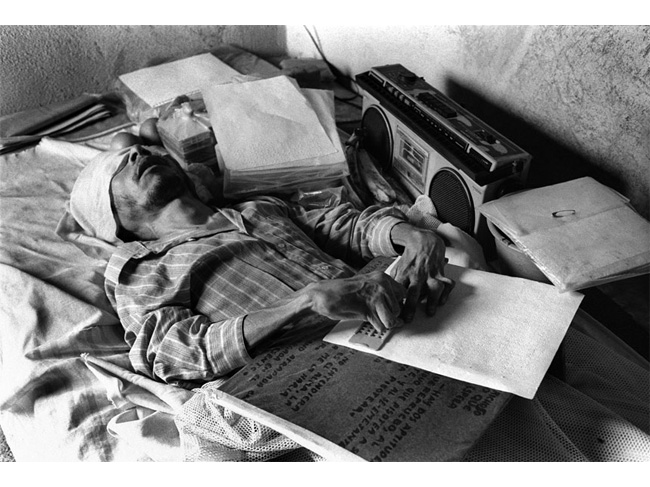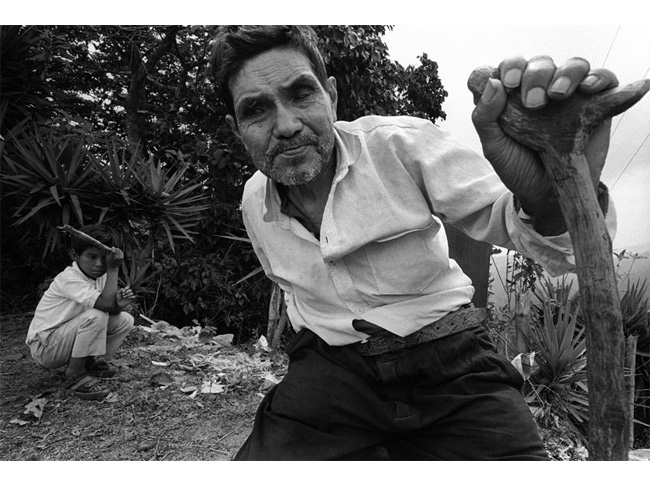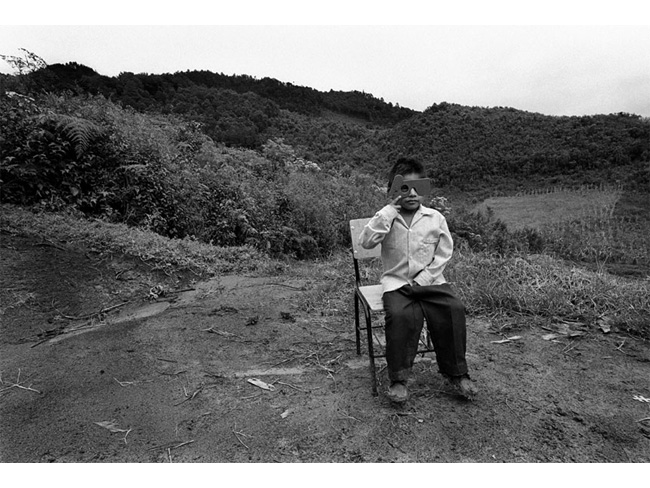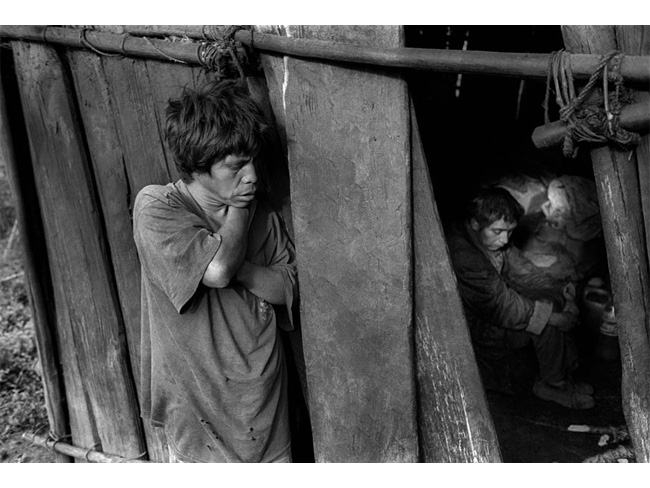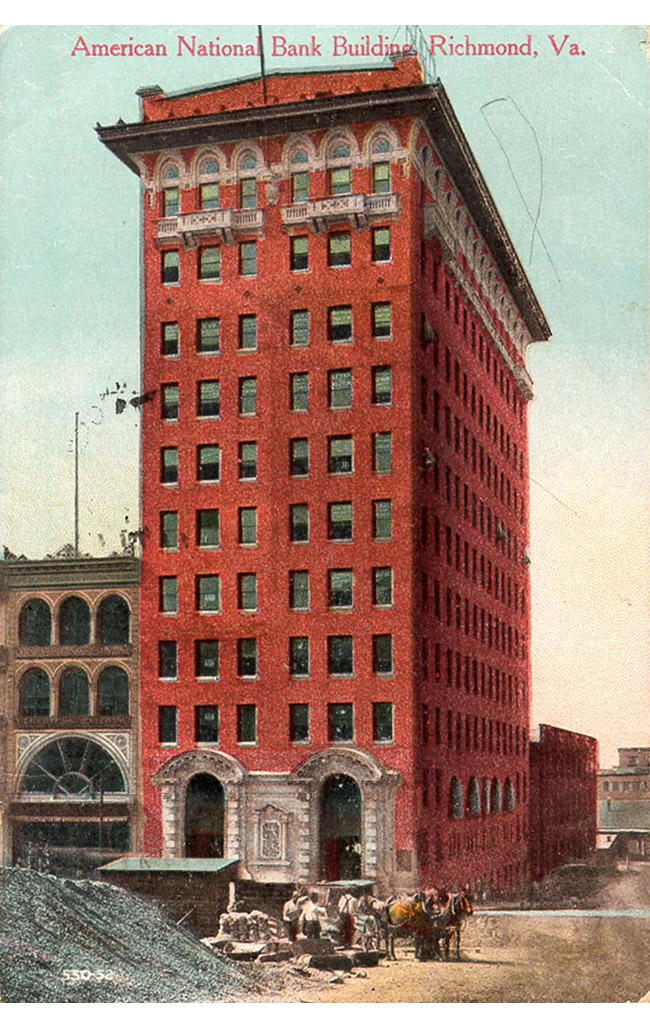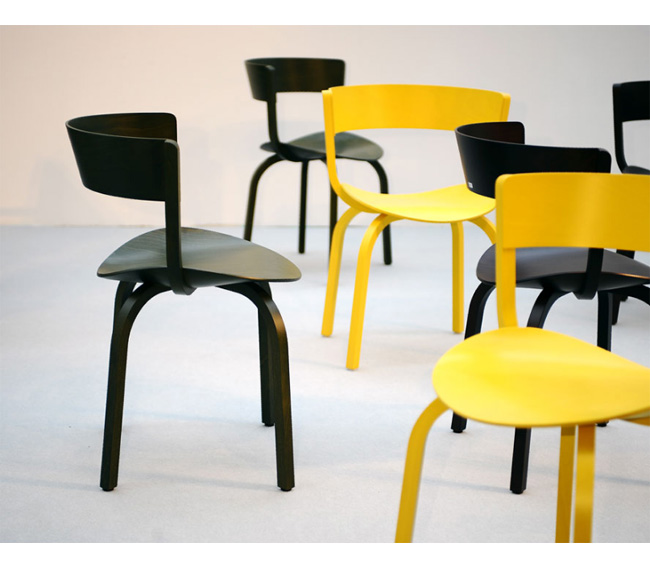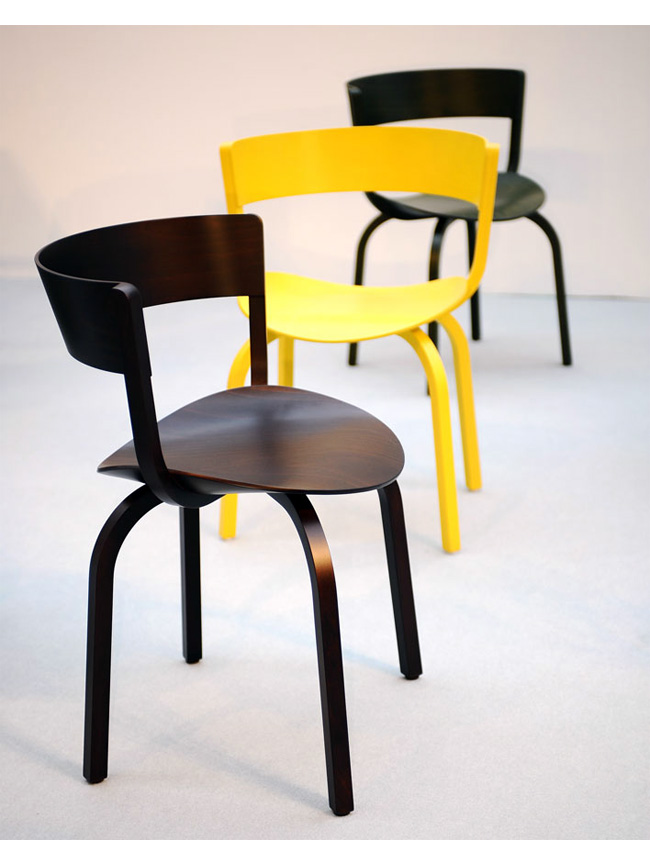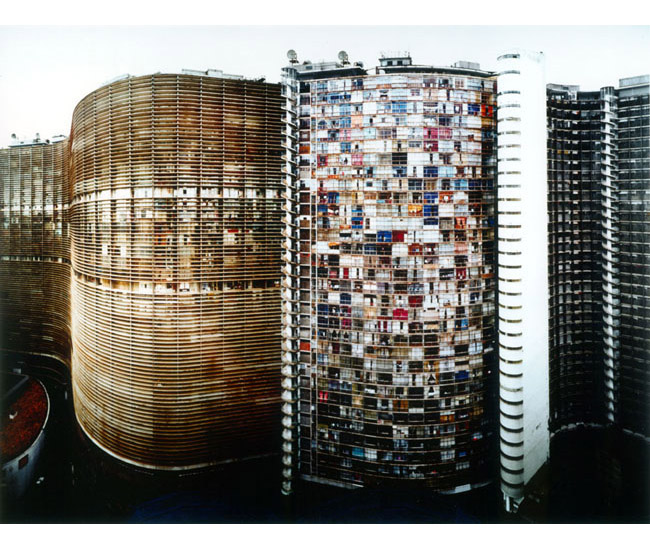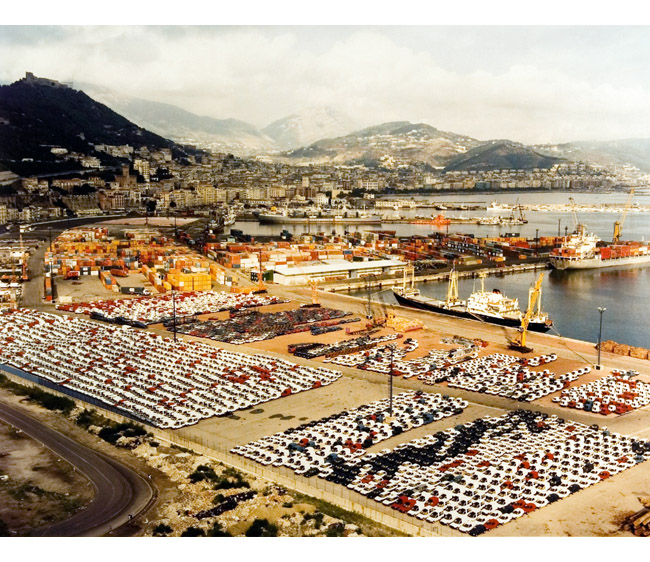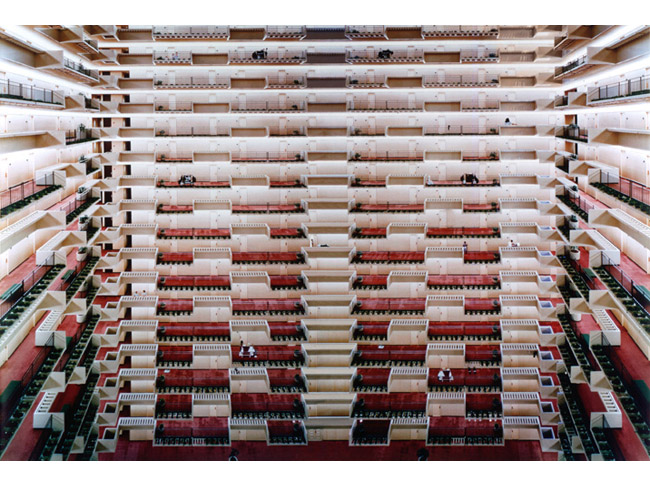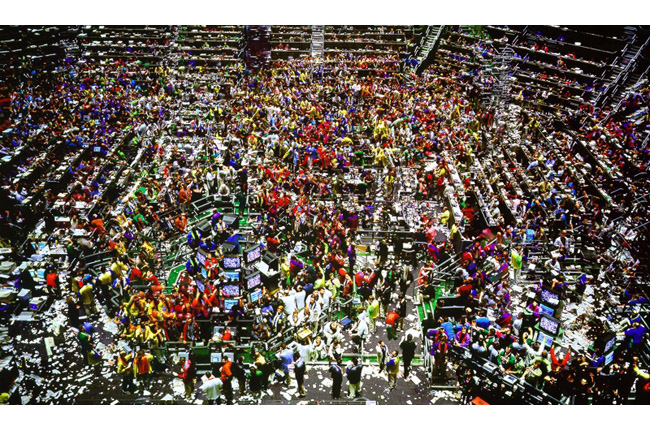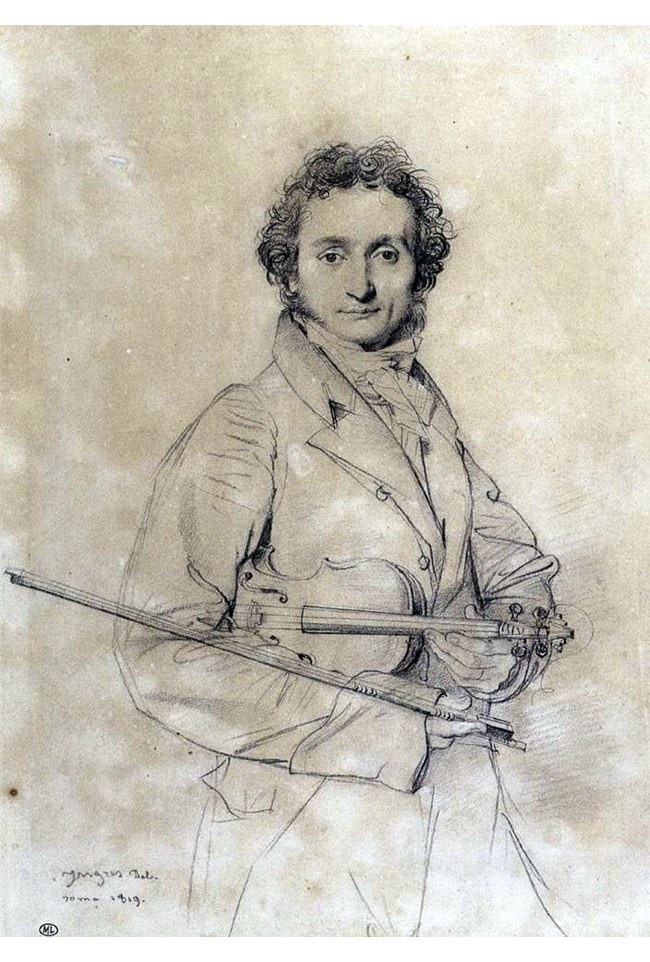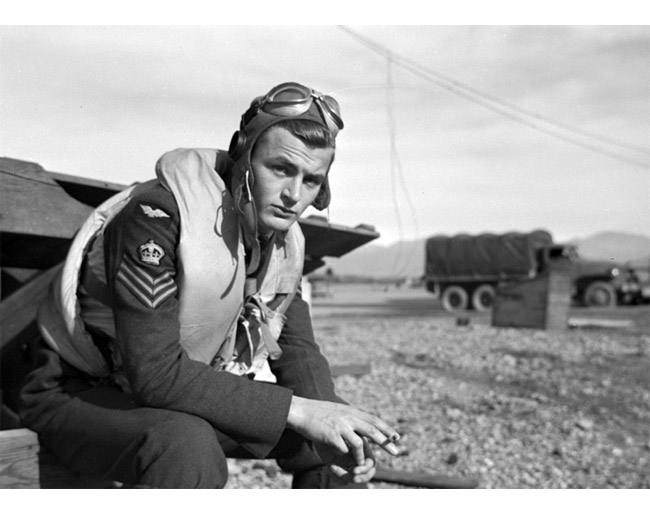I have always had an affinity to minimalism. I personally feel that my best work is typicall minimal in appearance and simple in concept. Without distractions, the structure is obvious, the intent is obvious and the essence is pure:
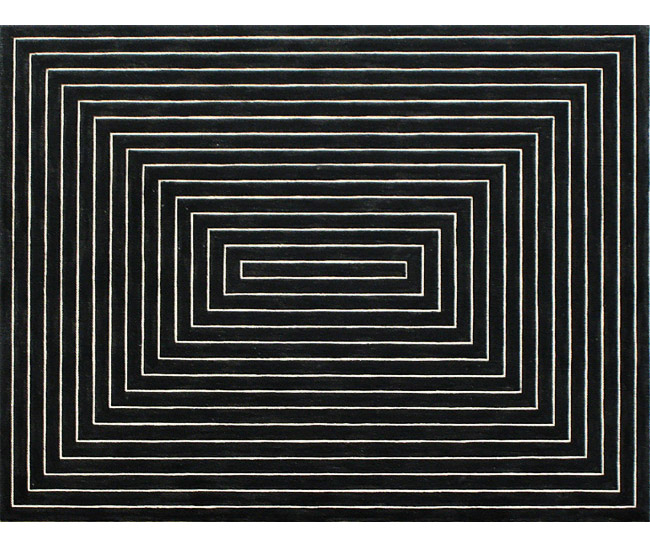
“Frank Stella, born in 1936 in Malden, Massachusetts, has been considered a major American artist for almost fifty years, becoming, in 1970, the youngest artist ever to have a career retrospective at the Museum of Modern Art in New York. He is best known for the monochromatic pinstriped paintings that first brought him to prominence, which when seen in person have a very moving, vulnerable quality, and (a few years later) for his color-field paintings on irregularly shaped canvases. He helped legitimize printmaking as an artform in the late 1960s, and his work in the 1980s included paintings in high relief on objects such as freestanding metal pieces that contrasted with his early, minimalist works.” (Believer)
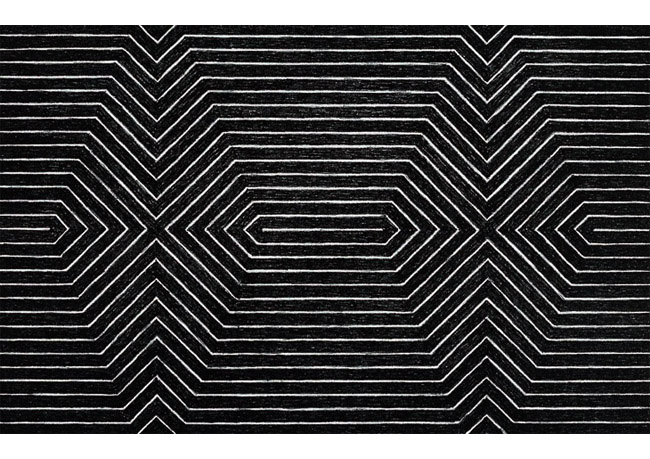
“The systematic quality of Stella’s Black Paintings decisively departed from the ideas of inspired action associated with Abstract Expressionism, the art of the preceding generation, and anticipated the machine-made Minimal art of the 1960s. But many of them… are subtly personal: Stella worked freehand, and irregularities in the lines of the stripes reveal the slight waverings of his brush. His enamel, too, suggests a bow to the Abstract Expressionist Jackson Pollock, who had also used that paint.” (MoMA)
